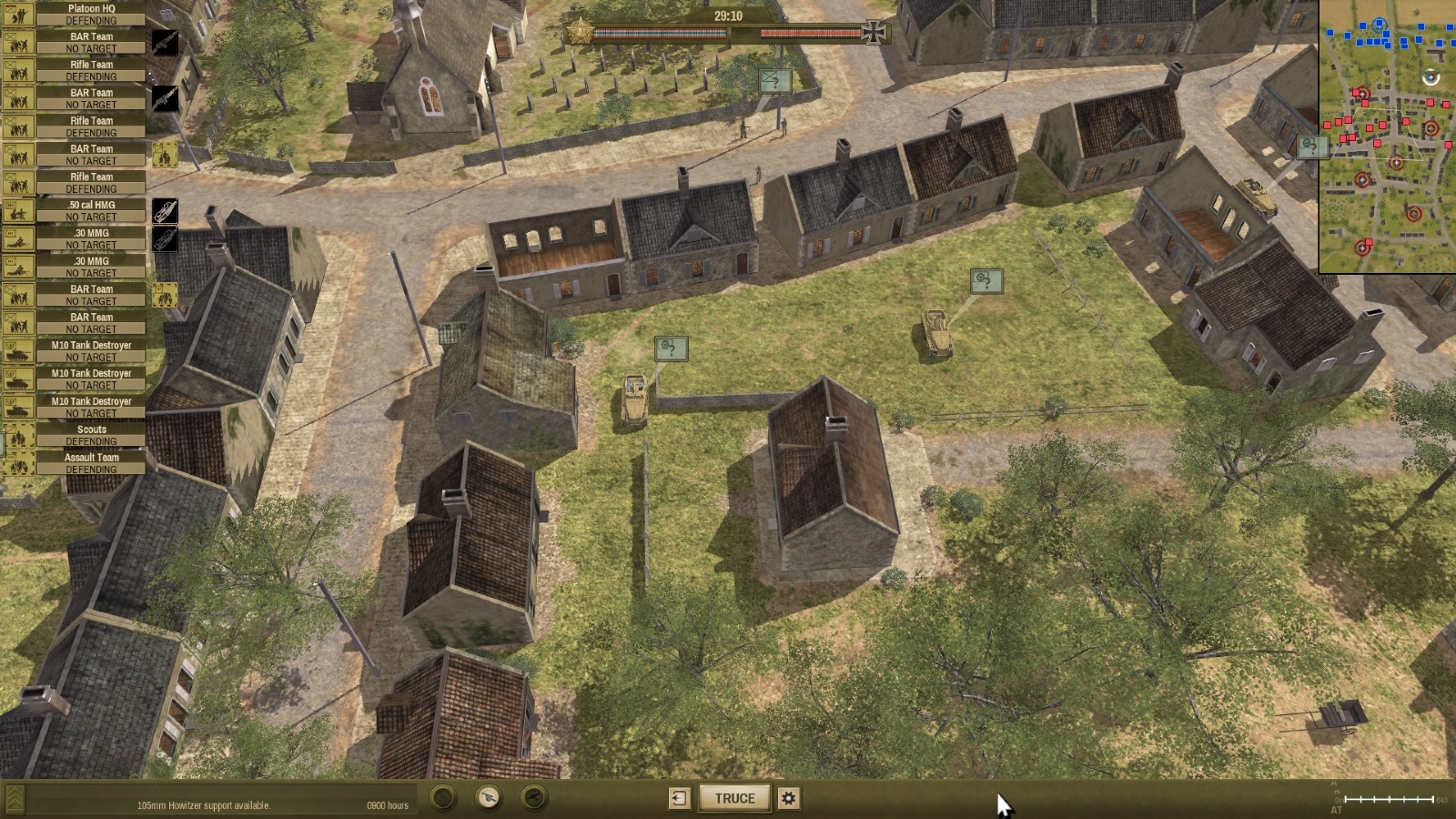


If you are playing a scenario or campaign, you can pick and choose, up to a point, the type and number of units you'll use in the upcoming battle. If you are playing the "battle," then you have no choice over which soldiers to use, but you can determine where you want them to begin the battle. These objectives will be controlled by one side at the beginning of the battle. A campaign is made up of several scenarios linked together and includes a major part of the operation, or can be the entire Operation Market Garden, from beginning to end.Įach battle map has a number of objectives spread throughout the landscape. Scenarios comprise a larger portion of the overall operation. A scenario is a series of interrelated battles, in which your performance in one battle determines your troop strength and position for the next battle. A battle is a single skirmish that takes place in one location.

Each relates to how much of the map - which shows the key points of Operation Market Garden - you play at a time.

This sequel to Close Combat has both similarities and differences from the original, and offers some strong military strategy gameplay.ĪBTF really offers three ways to play: battles, scenarios, or campaigns. If you play as the Germans, your task will be to halt the advancing Allies at all costs and keep them from controlling this all- important corridor into the Fatherland. As the Allies, you try to make the push successful and rewrite history by bringing the attack to a close and seizing that final bridge at Arnhem. "In Close Combat: A Bridge Too Far (ABTF), you have the opportunity to test your hand at commanding either German or Allied troops in bloody struggle for control. Adrenaline Vault's wargame expert Pete Hines explains in detail what makes this title a good game: Considered by many wargamers to be the best in the series, Close Combat 2 is a classic real-time tactical-level wargame from Atomic Games, makers of the renowned V for Victory games.


 0 kommentar(er)
0 kommentar(er)
